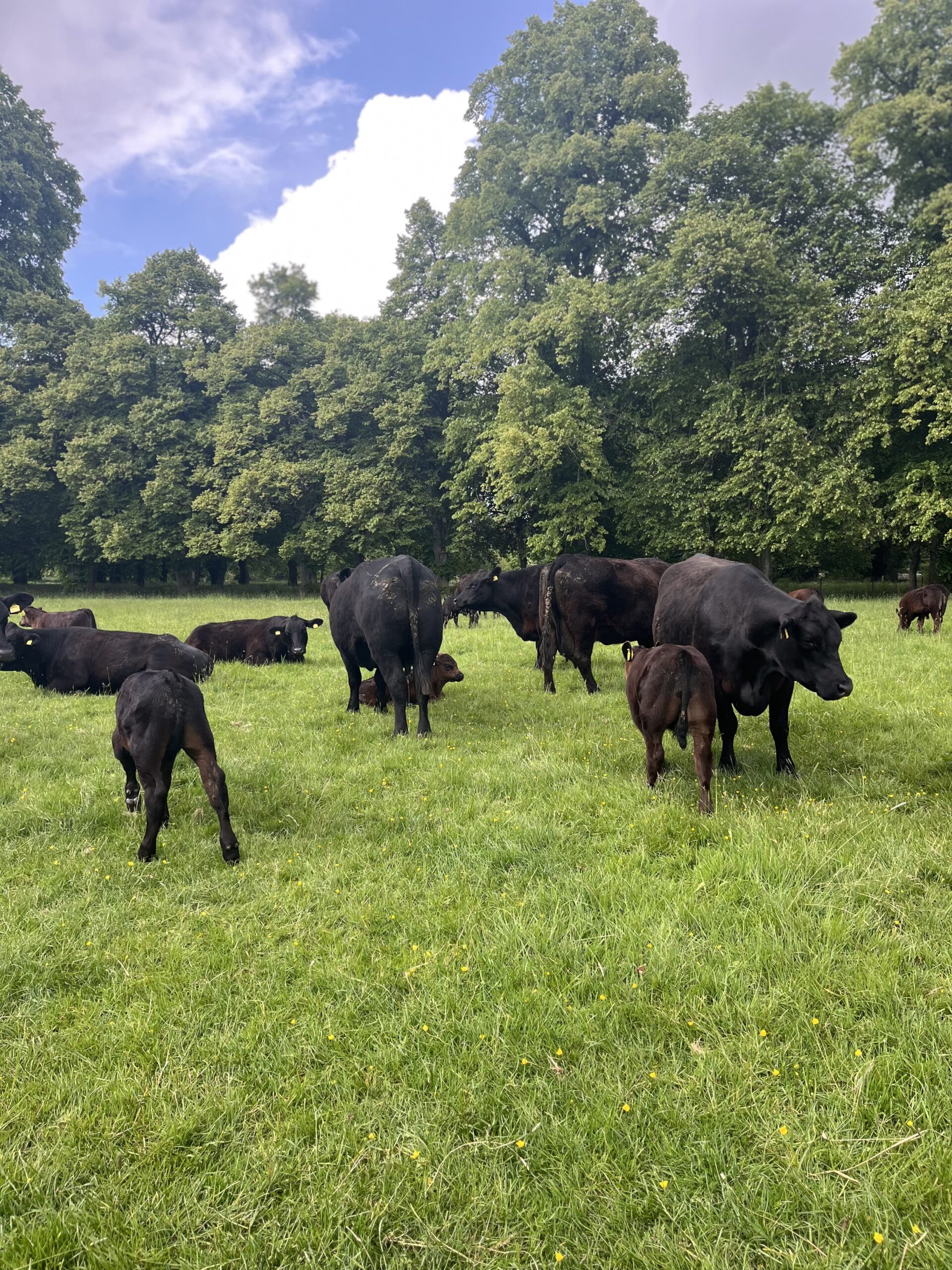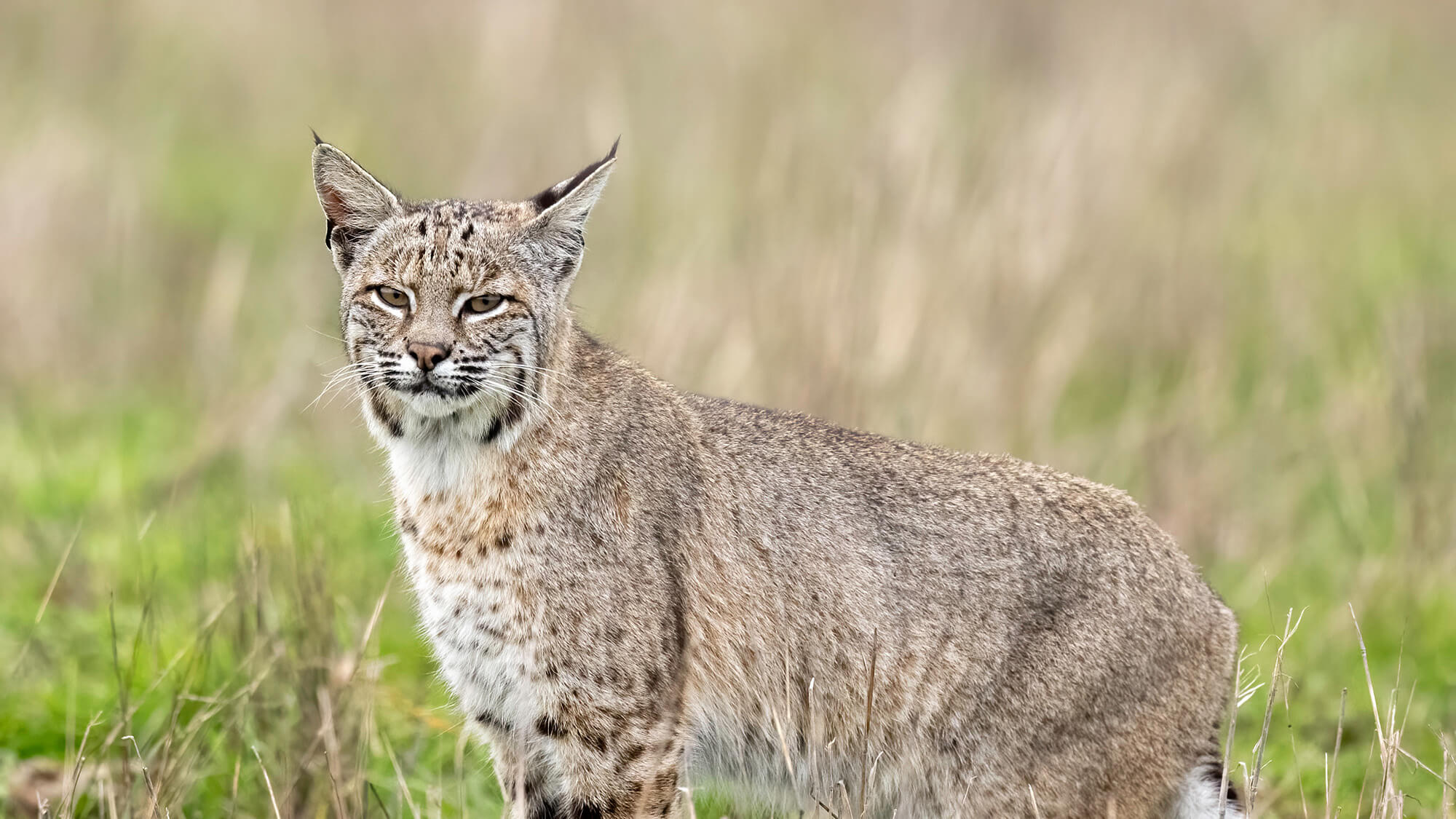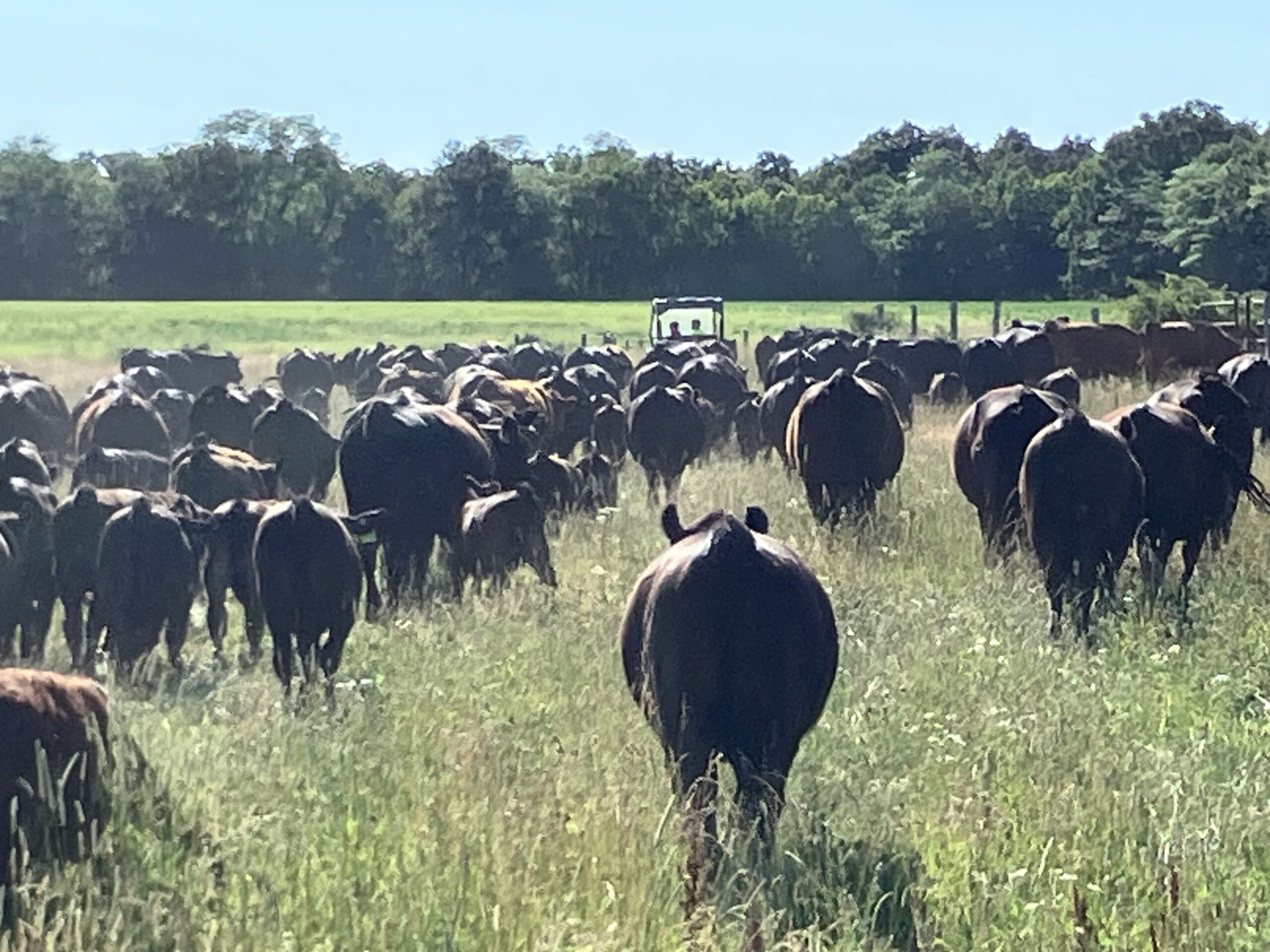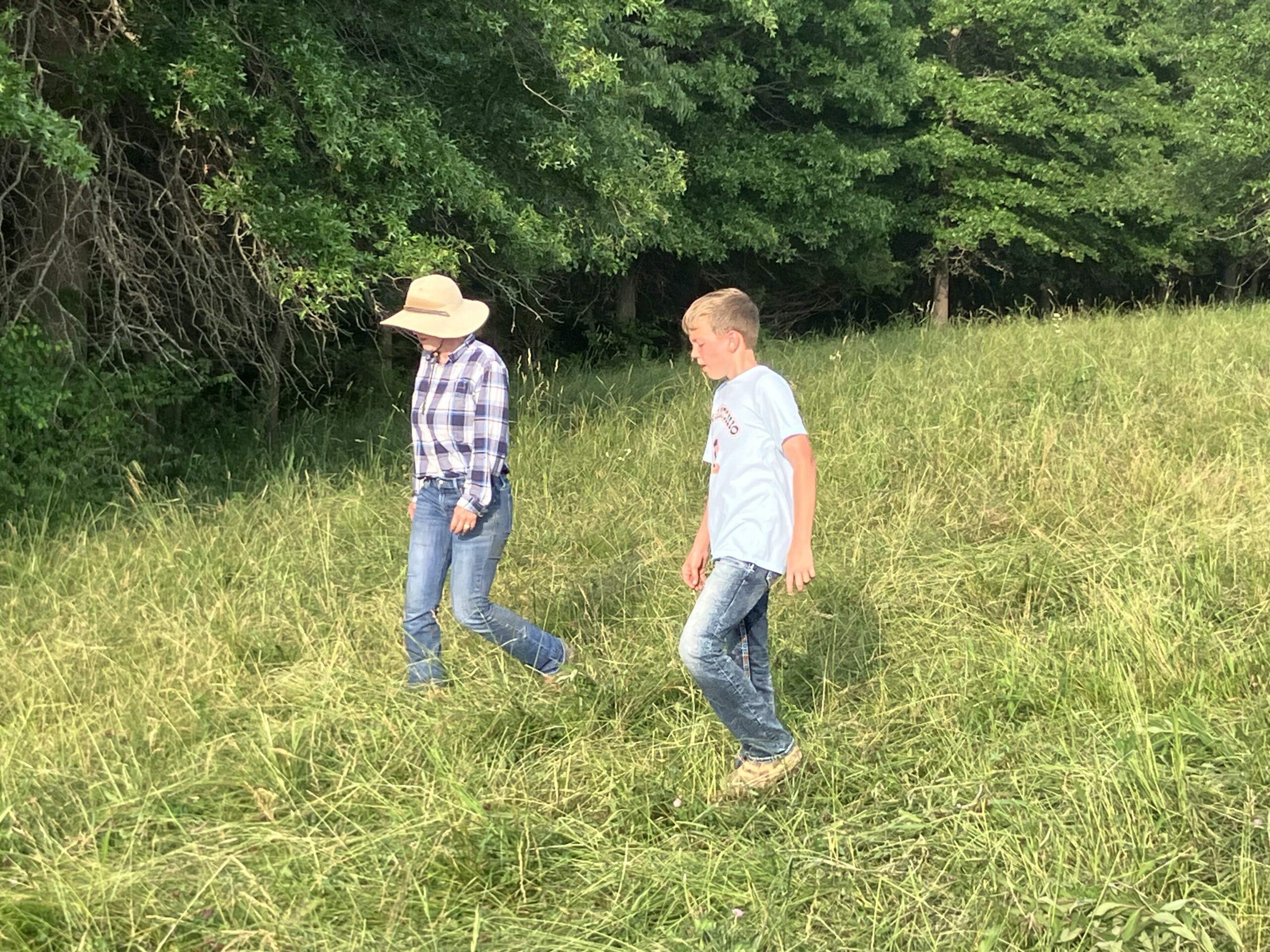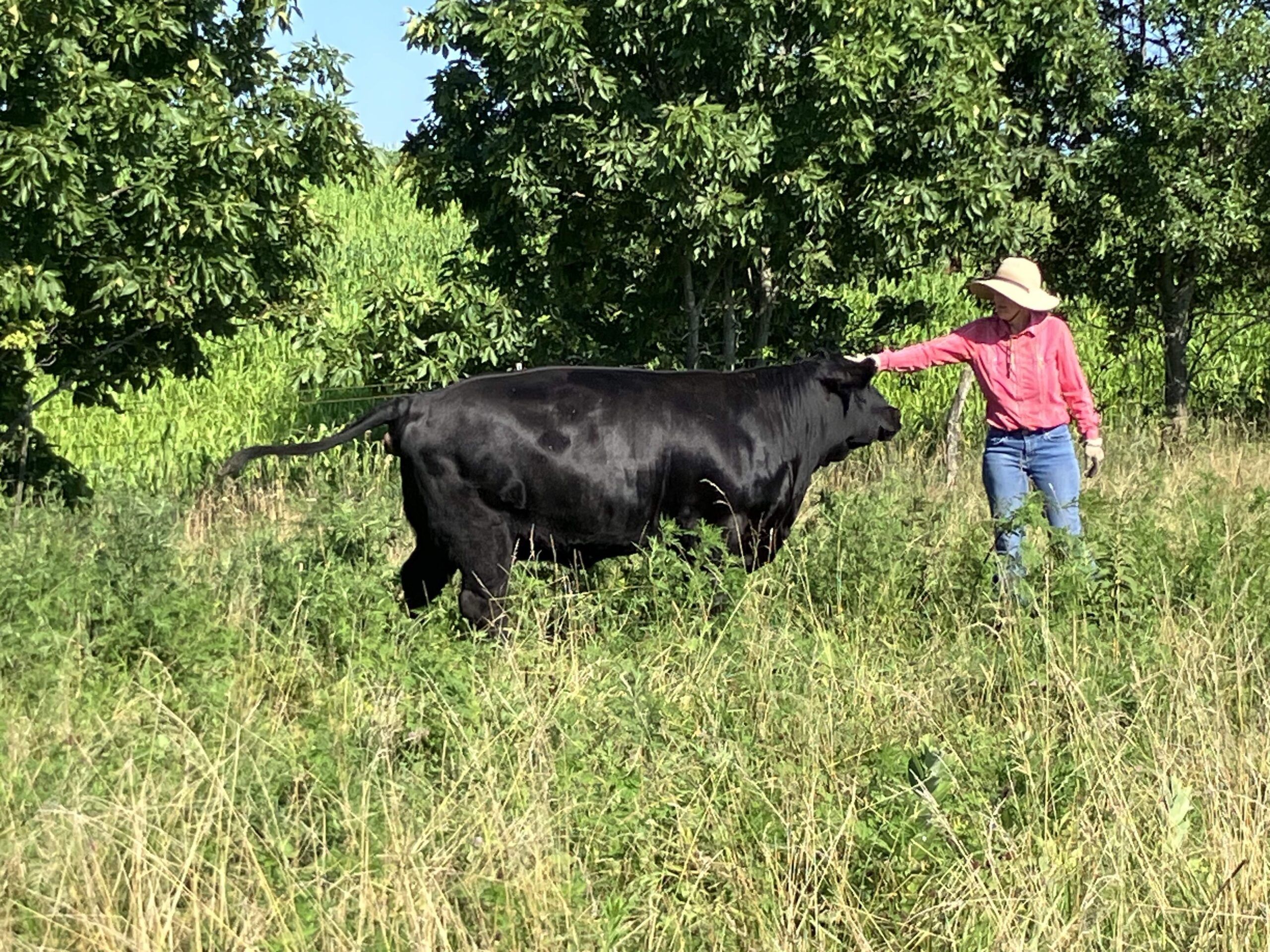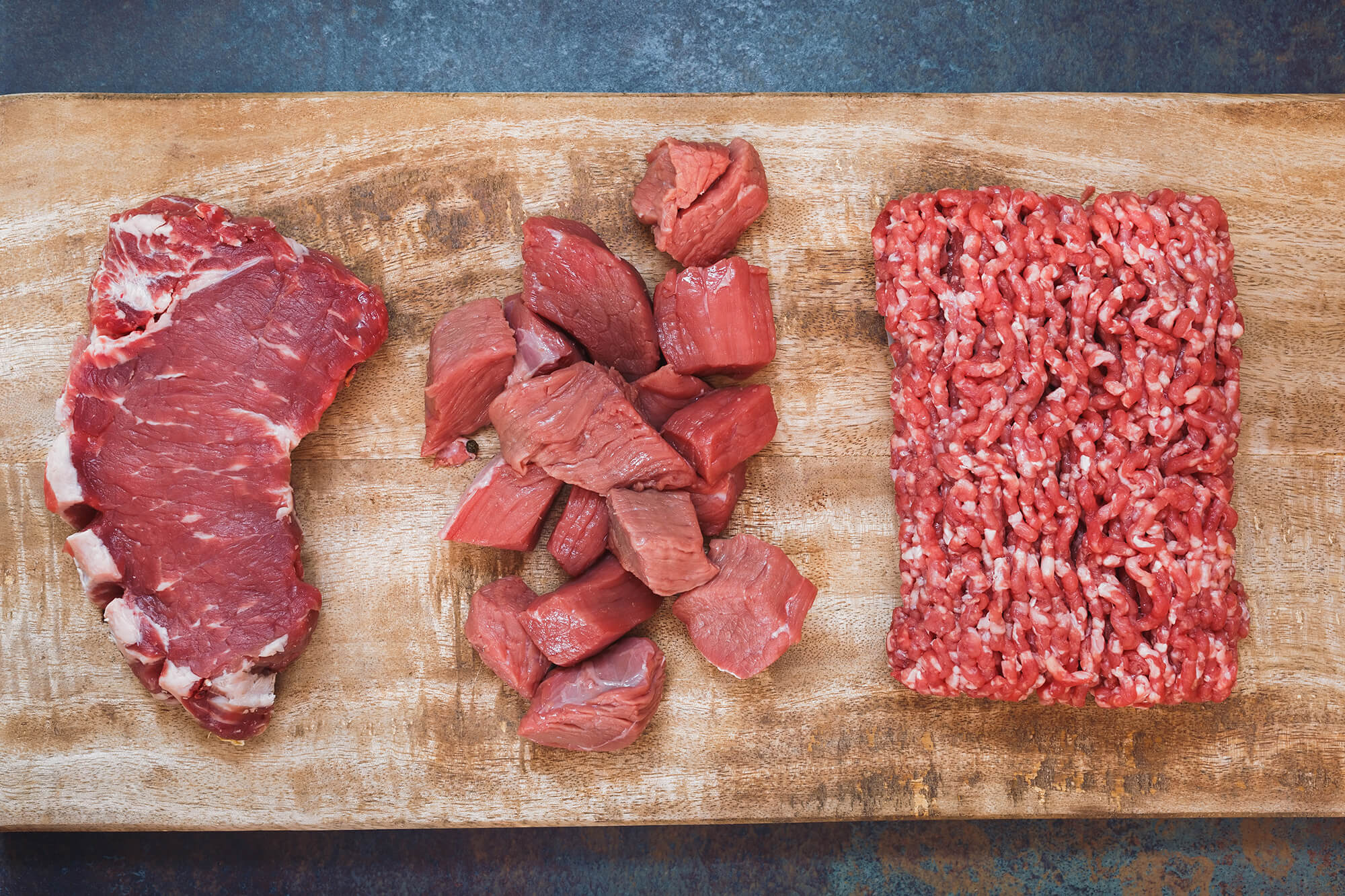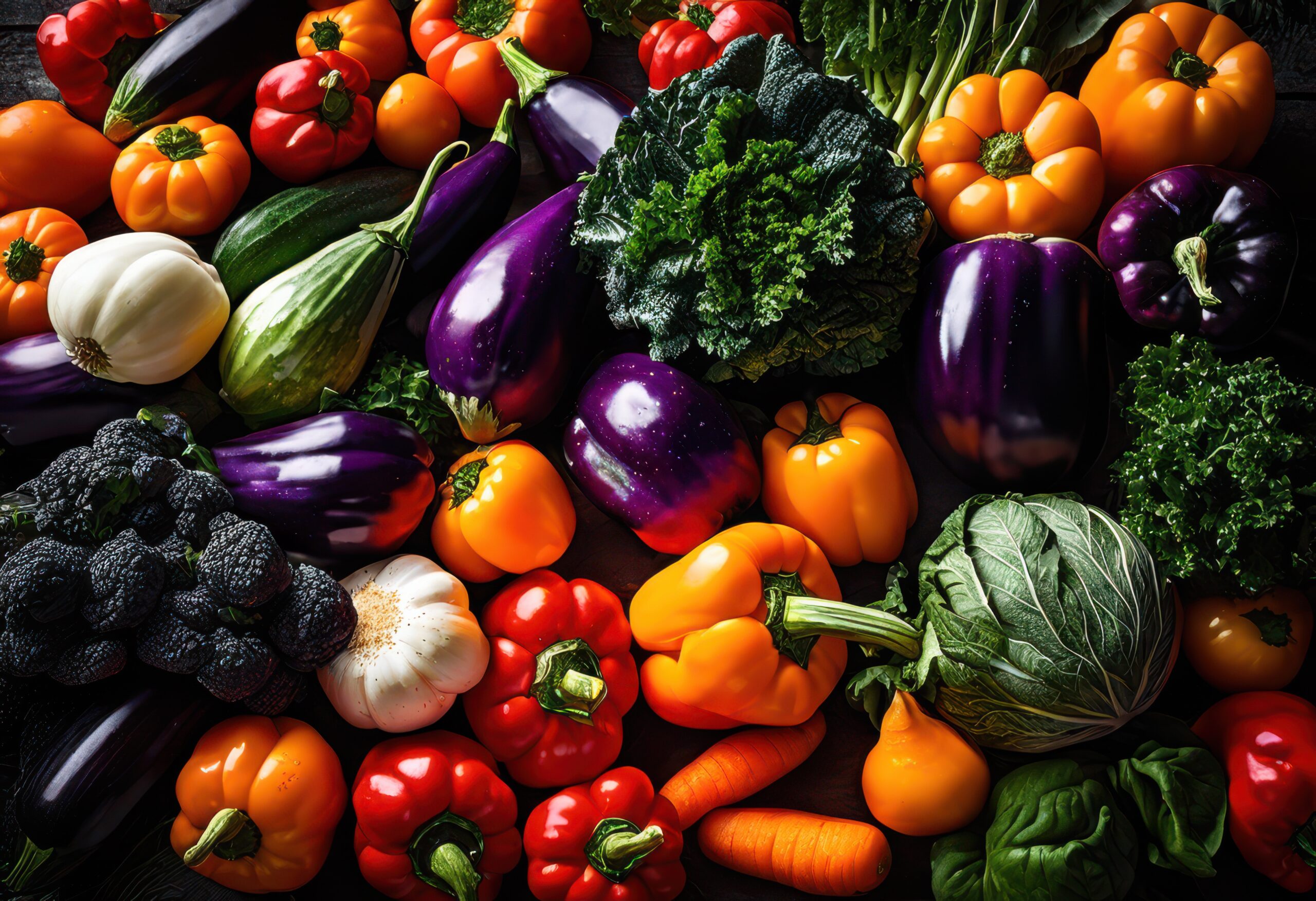
When it comes to maintaining a healthy body weight, a lot of factors come into play. That’s no secret, but still, consumers are bombarded every day with new fad diets and solutions claiming to be the key to weight loss and a trimmer waistline. But new research is showing that Americans are less inclined than ever to turn to dieting: A new study published in the Journal of the American Medical Association found that only 43 percent of overweight Americans now show interest in dieting in order to lose weight. That’s compared with 53 percent of Americans who said the same back in 1993. So what gives, and is this a good thing or a bad thing?
Obesity and Dieting
There’s good reason to think that this loss of interest in dieting could be concerning. Although people are less inclined to diet nowadays, perhaps they should be more so: According to NPR, 2 out of every 3 Americans are currently overweight or obese. While all body types have the potential to be healthy, there is pretty clear evidence that obesity is correlated with conditions like heart disease, cancer and stroke. So why the loss of interest in dieting?
Is Dieting Sustainable?
The reason that dieting may be losing favor among Americans is because it is increasingly clear that dieting doesn’t work.
“As weight loss programs, diets don’t work!” writes Meg Selig for Psychology Today. “Yes, you lose weight, but about 95% of people who lose weight by dieting will regain it in one to five years. Since dieting, by definition, is a temporary food plan, it won’t work in the long run. Moreover, the deprivation of restrictive diets may lead to a diet-overeat or diet-binge cycle.”
While fad diets may not have a great success rate, though, it’s also equally clear that what you eat has a major impact on your health. While traditional dieting may not be the key, long-term changes to your diet are much more likely to give you great results.
In fact, research shows that there’s no clear winner between low-fat and low-carb diets when it comes to weight loss. Both scenarios will do the trick, but that doesn’t make them effective in the long term. What does make a diet effective is an accompanying lifestyle change. That’s why, in the words of US News, “the best diet for weight loss is the one that you can actually stick with. Not for a week or month — but forever.”
Why Real Food is the Key
With that in mind, the most natural and realistic way to make a positive lifestyle change is to simply eat real food. Barring physical disorders such as thyroid disease, people don’t become obese eating a diet of fruits, vegetables and pasture-fed meats. The more you eat directly from the earth, the better off you’ll be, primarily because you’ll be avoiding processed foods.
At Heartland Fresh Family Farm, we’re not really ones for diets, per se. We’re not ones for US food guidelines either (they’ve been consistently wrong in the past). We believe in natural sources of food like home-grown vegetables and ethically raised meats.
You can’t go wrong with eating those — and your health will thank you for it.


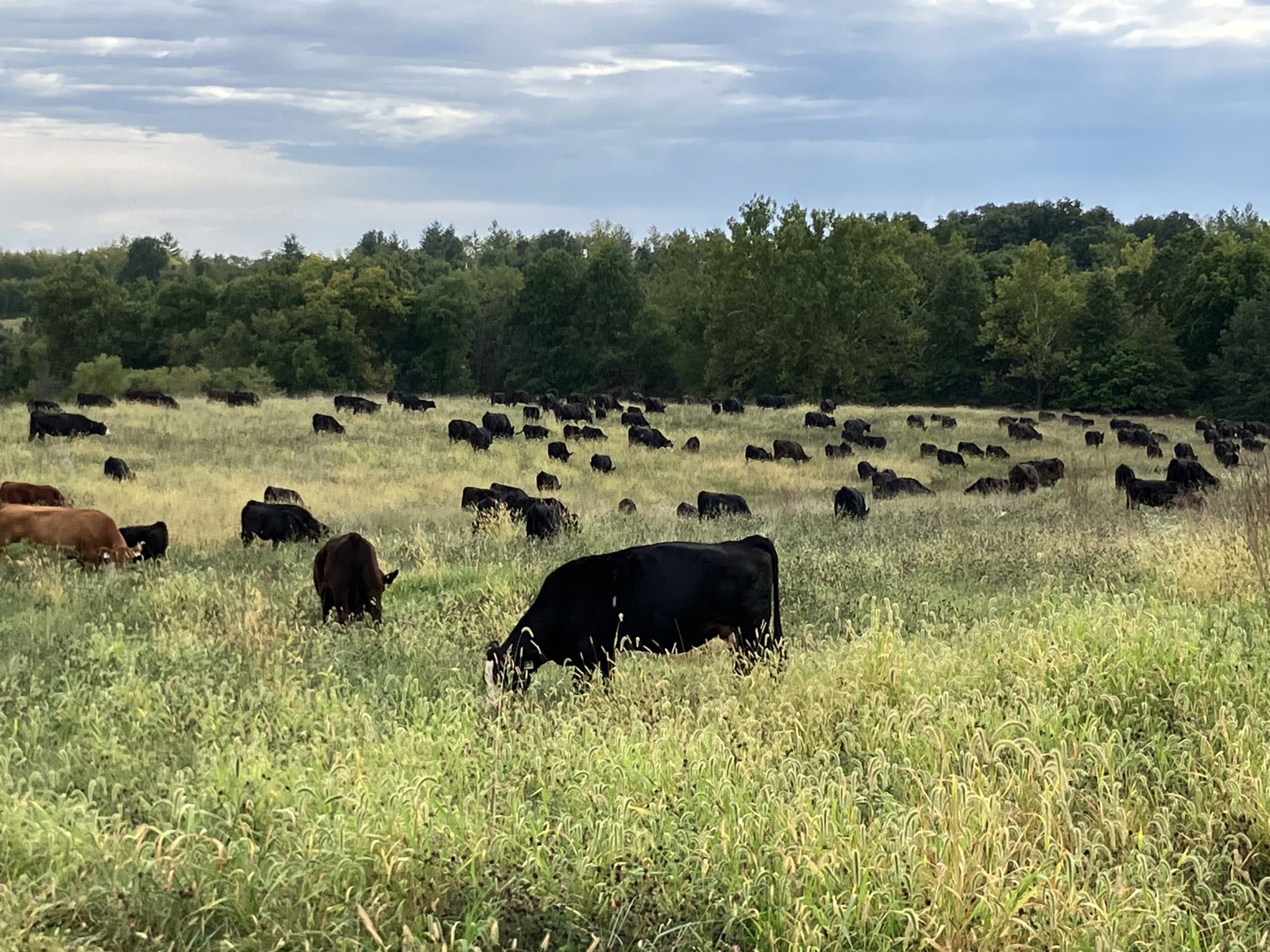
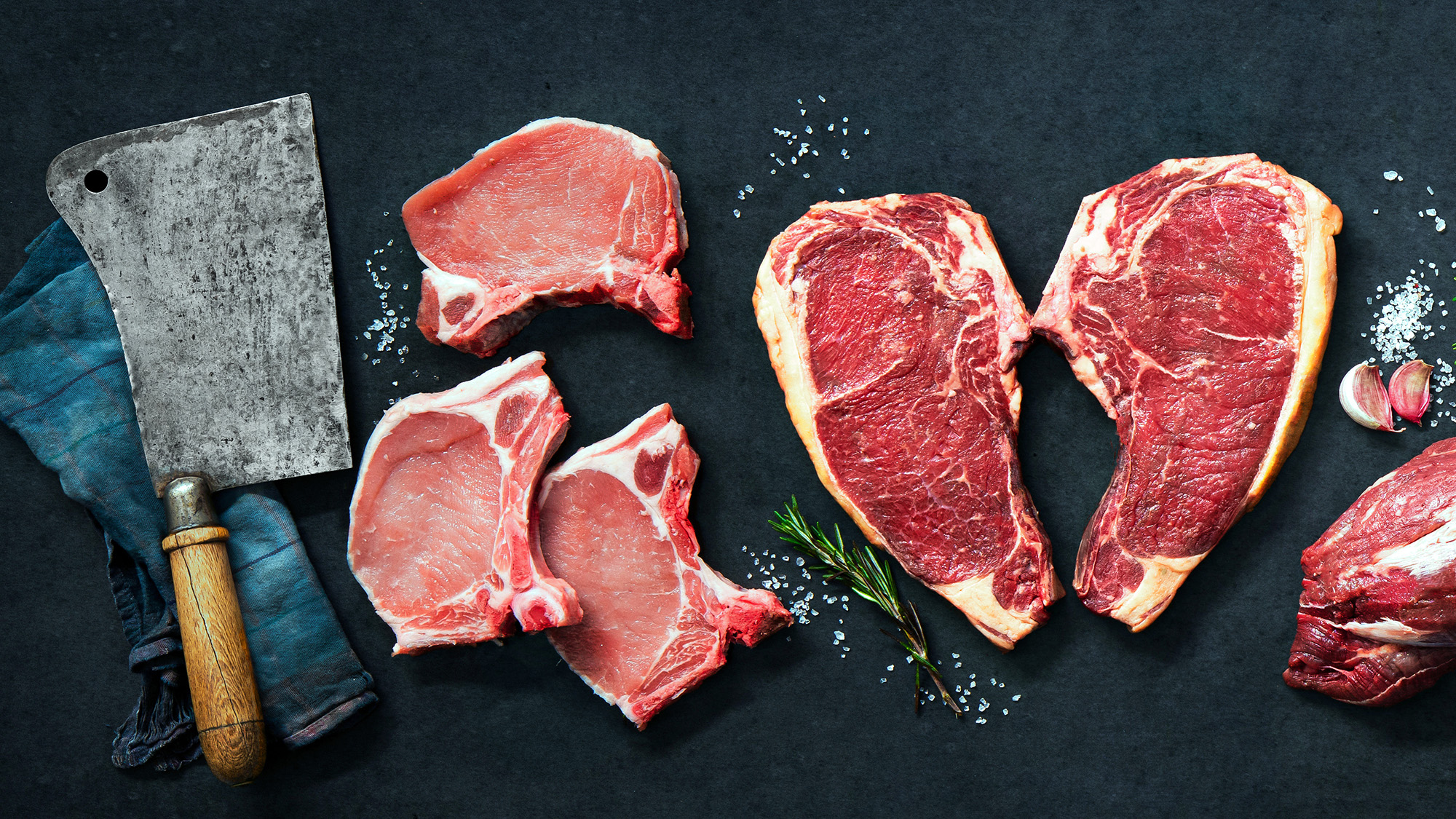
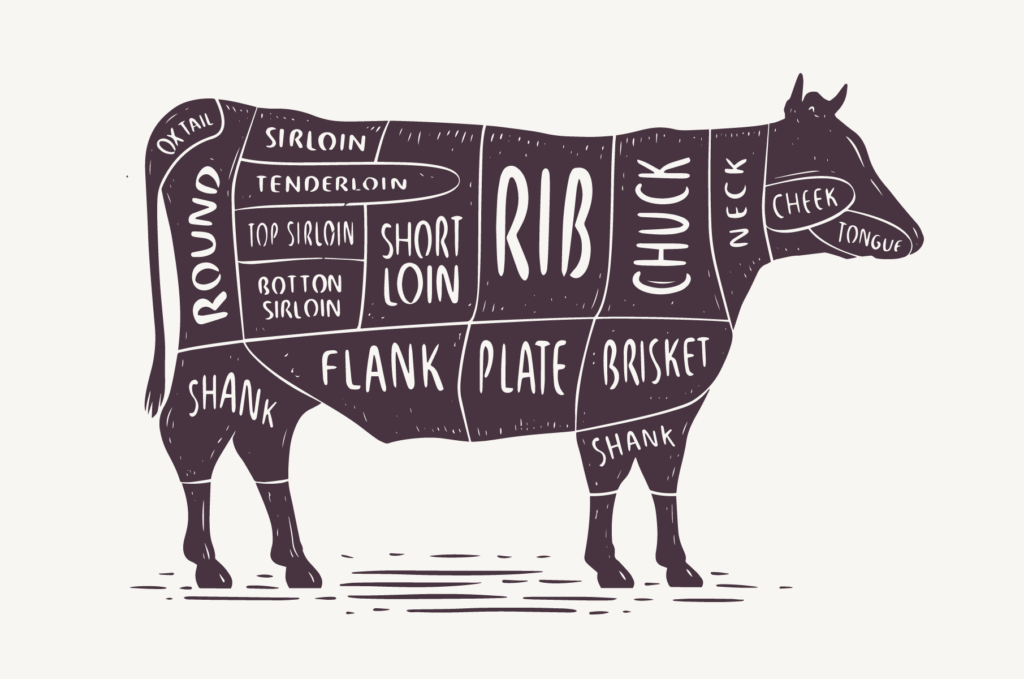 Each of those animals will provide us with high-quality meat to sell to you folks, our customers. The problem is that the amount varies from one cow to the next and is also different between cows, pigs, lambs, goats, turkeys, and chickens. The main reason for this is that every animal is a little different in size and shape. For example, the average steer is going to yield about 50% of its weight in retail cuts, while the average chicken is going to give you about 70% of its weight in retail cuts.
Each of those animals will provide us with high-quality meat to sell to you folks, our customers. The problem is that the amount varies from one cow to the next and is also different between cows, pigs, lambs, goats, turkeys, and chickens. The main reason for this is that every animal is a little different in size and shape. For example, the average steer is going to yield about 50% of its weight in retail cuts, while the average chicken is going to give you about 70% of its weight in retail cuts.